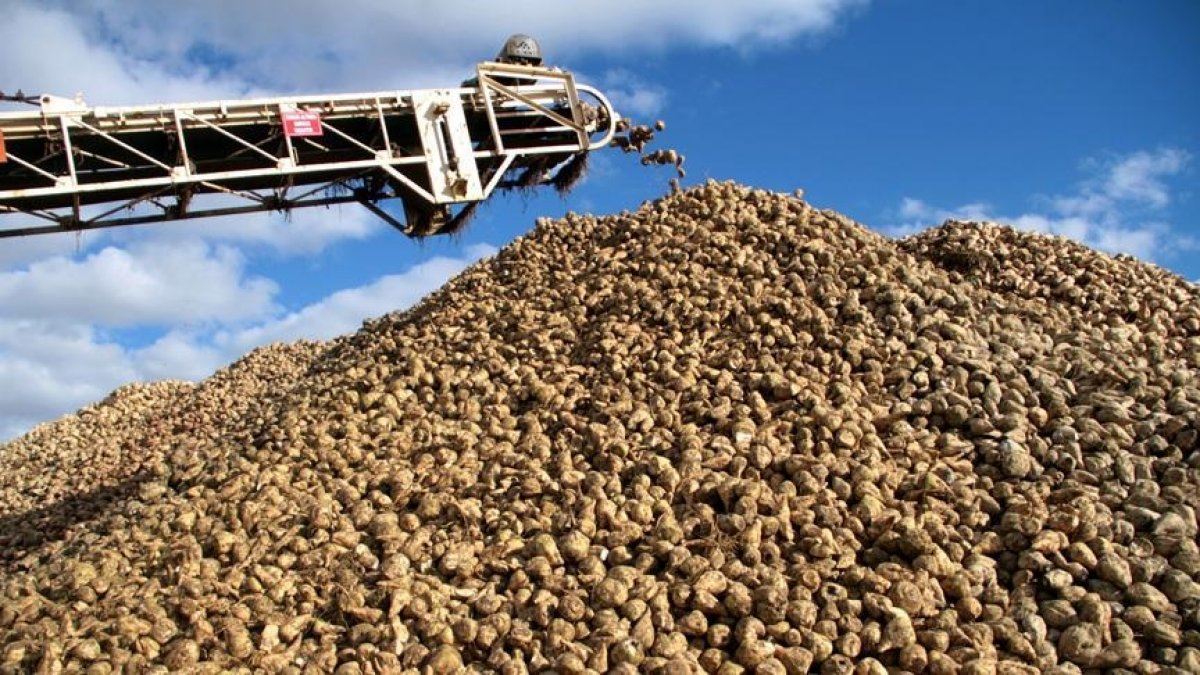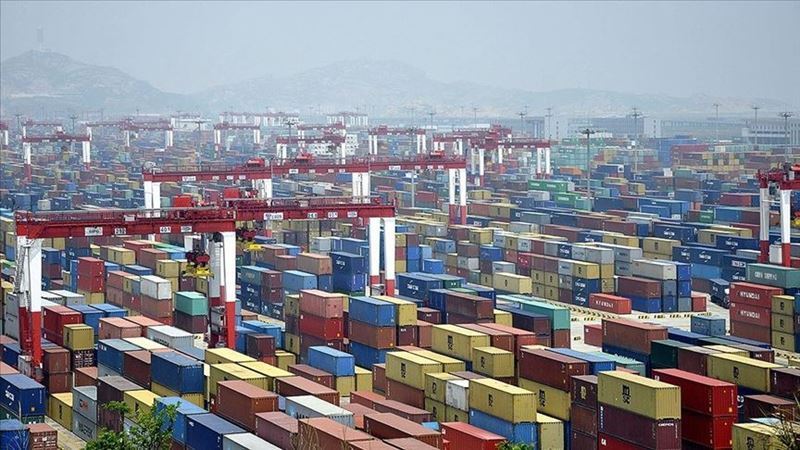The rally seen in metals in the previous week continued last week as well. While metal prices continue to rise as global growth slows and supply problems decrease, analysts state that the rise in metal prices may continue in 2022.
In general, while the corrections after the sharp decline in industrial metal prices continue with an upward trend, the continuation of the decrease in inventories brings along the upward expectations.
ZINC HAS HIGHEST LEVELS SINCE MAY 2007
Zinc's performance was remarkable last week. Seeing the highest level since May 2007 with $ 1.7468, zinc finished the week with an increase of 17.9 percent. Due to the increasing electricity prices, the production cuts of the zinc smelters increased the zinc prices.
Last week, copper gained 12 percent, aluminum 9.1 percent, lead 7.4 percent, nickel 7.1 percent, silver and platinum 2.9 percent, and gold 0.6 percent.
Gold prices reached above $1,800 as inflation continued to remain high in the US and risk appetite decreased in global markets.
While the global energy crisis put pressure on aluminum supply, aluminum prices rose with the deepening energy crisis. Aluminum is used extensively in production for clean energy. The global focus on clean energy has also increased the demand for aluminum.
ELECTRIC CAR AND ACCOMPANYING BATTERY DEMAND AFFECTED NICKEL AND COPPER PRICES IN THE LONG TERM
While companies' cuts in production due to rising electricity prices increased aluminum prices, the demand for electric cars and accompanying batteries triggered the rise in nickel and copper prices in the long term.
INCREASES IN BRENT OIL AND NATURAL GAS
Energy commodities followed a positive course last week. Brent oil gained 2.6 percent and natural gas 2.7 percent.
While the price pressure on crude oil, natural gas and coal markets around the world strengthens the perception that there will not be enough fuel for heating and electricity in the winter period, it continues to trigger the rise in oil prices. Rising natural gas and coal prices also encourage producers to use oil as an alternative fuel, supporting the upward trend in prices.
The increase in production forecasts and concerns about demand caused heavy sales in agricultural commodities last week.
Last week, cocoa lost 5.1 percent, cotton 3.2 percent, sugar 2.6 percent, soybeans 2 percent, wheat 0.1 percent, corn 0.7 percent, while coffee gained 1 percent.
While the increase in production estimates in agricultural commodities brings along the depreciation, the concerns of increasing demand due to the cold weather in Brazil and the shortage of containers cause the rise in coffee prices to continue.











Comments
No comment yet.